Hi, I’m thrilled to share some insights with you about one of the most critical components of your vacuum cleaner – the motor. When it comes to vacuum cleaner motors, there are two primary types to consider: AC (alternating current) and DC (direct current). These motors play a crucial role in determining the overall performance and efficiency of your vacuum cleaner.
AC motors have long been used in vacuum cleaners, providing reliable power and suction. On the other hand, DC motors offer certain advantages that have made them increasingly popular in modern designs. In this section, we will explore the different types of vacuum cleaner motors and delve into the key differences between AC and DC motors.
To begin with, let’s take a closer look at the two main types of vacuum cleaner motors:
- AC Motors: AC motors, also known as induction motors, have been the traditional choice for vacuum cleaners. They operate on the principle of alternating current and are highly efficient. AC motors deliver consistent power and can generate strong suction. However, they tend to be bulkier and heavier compared to their DC counterparts.
- DC Motors: DC motors are more commonly used in modern vacuum cleaner designs. These motors operate on the principle of direct current and offer several advantages. They are lighter, smaller, and more energy-efficient than AC motors. DC motors can also provide better control over the speed and power of the vacuum cleaner. Additionally, brushless DC motors, such as permanent magnet synchronous motors (PMSM), have become increasingly popular due to their high power, speed, and efficiency.
Now that we have a better understanding of the different types of vacuum cleaner motors, let’s explore the key differences between AC and DC motors:
- AC motors are generally larger and heavier, while DC motors are compact and lightweight.
- DC motors offer better control over speed and power, allowing for enhanced performance.
- AC motors are known for their reliability and consistent power delivery.
- DC motors, especially brushless DC motors, are more energy-efficient and can contribute to longer battery life in cordless vacuum cleaners.
- The choice between AC and DC motors depends on your specific needs and preferences, such as the desired power, size, and energy efficiency of your vacuum cleaner.
By understanding the different types of vacuum cleaner motors and their unique features, you can make an informed decision when selecting a vacuum cleaner that suits your needs.
Key Takeaways:
- Vacuum cleaners utilize either AC (alternating current) or DC (direct current) motors to power their suction.
- AC motors are traditional and offer reliable power, while DC motors are smaller, lighter, and more energy-efficient.
- Brushless DC motors, such as PMSM, are increasingly preferred for their high power, speed, and efficiency.
- AC motors tend to be larger and heavier, while DC motors allow for better control over speed and power.
- Choosing the right motor type depends on your specific needs regarding power, size, and energy efficiency.
Trends in the Global Vacuum Cleaner Market
The global market for vacuum cleaners is experiencing robust growth, driven by factors such as the increasing population of working women, rising standards of living, and the demand for energy-efficient appliances. Manufacturers are deploying advanced motor technologies to improve the efficiency, power, and specifications of vacuum cleaner motors, catering to the evolving consumer demands.
According to market research conducted by Grand View Research, the vacuum cleaner market is projected to grow at a compound annual growth rate (CAGR) of 9.1% from 2019 to 2025. This growth can be attributed to the rising awareness about indoor air quality, the growing concern for hygiene, and the availability of technologically advanced products.
Consumers today are not only seeking powerful vacuum cleaners but also ones that are environmentally friendly and energy-efficient. They want to ensure that their cleaning equipment contributes to both a clean home and a sustainable planet. As a result, manufacturers are focusing on enhancing vacuum cleaner motor efficiency, power, and specifications to meet the changing market demands.
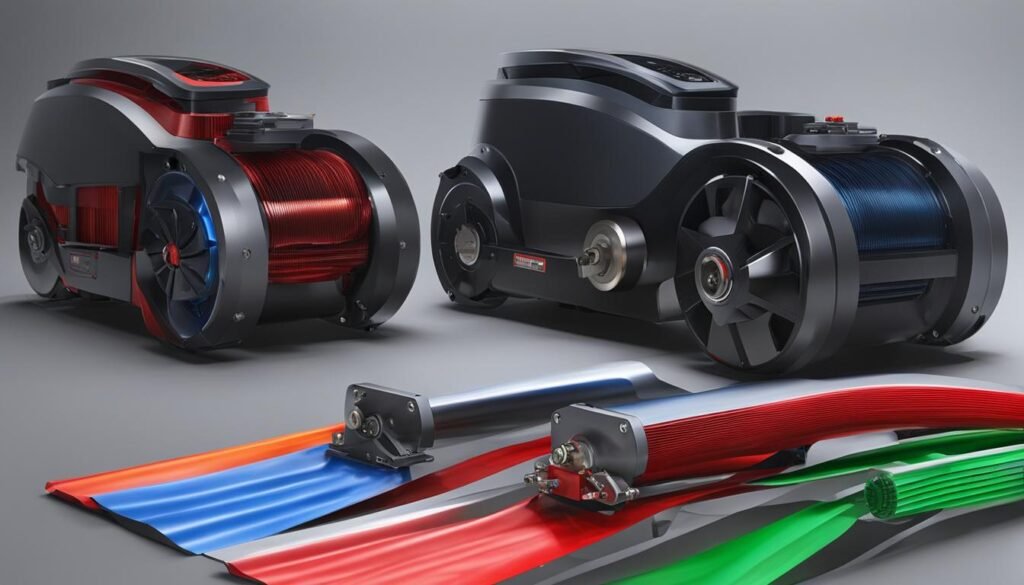
Advancements in motor technology have played a significant role in meeting these demands. By improving motor efficiency, vacuum cleaners can deliver better performance while consuming less power. This leads to reduced energy consumption and lower utility bills for consumers.
The power of vacuum cleaner motors has also been a key focus area for manufacturers. Higher motor power enables the suction capability of vacuum cleaners, allowing them to effectively remove dirt, dust, and debris from different surfaces. Consumers are increasingly seeking vacuum cleaners with greater motor power to tackle tough cleaning tasks with ease.
Moreover, manufacturers are continuously working on improving the specifications of vacuum cleaner motors. This includes factors such as motor speed, brush type, noise levels, and durability. By enhancing these specifications, vacuum cleaner motors can deliver superior cleaning performance and a longer lifespan, ensuring long-term value for consumers.
In conclusion, the global vacuum cleaner market is witnessing significant growth, driven by the increasing demand for energy-efficient and high-performing appliances. Manufacturers are responding to these demands by focusing on improving vacuum cleaner motor efficiency, power, and specifications. This ensures that consumers can enjoy powerful and eco-friendly cleaning solutions for their homes.
Enhancing Vacuum Cleaner Performance with Advanced Motor Technology
The key to maximizing the performance of your vacuum cleaner lies in the motor technology it utilizes. Brushless DC motors, such as permanent magnet synchronous motors (PMSM), are widely preferred due to their high power, impressive speed, and exceptional efficiency. These advanced motors excel in delivering superior suction power, making them the perfect choice for high-performance vacuum cleaners.
However, to ensure optimal performance and longevity, regular maintenance of the vacuum cleaner motor is crucial. By conducting routine maintenance, such as cleaning the motor, checking for any signs of wear and tear, and lubricating the necessary parts, you can extend the lifespan of your vacuum cleaner motor. Additionally, timely motor replacement is essential if you notice a decline in performance or if the motor becomes faulty.
When selecting the best vacuum cleaner motor, it’s important to consider your specific requirements. Factors such as power, speed, and energy efficiency should guide your decision-making process. Look for motors that are known for their reliability, durability, and compatibility with your vacuum cleaner model.
By leveraging advanced motor technology, performing regular maintenance, and choosing the best motor for your needs, you can significantly enhance the performance of your vacuum cleaner. So, take the time to understand the maintenance requirements of your motor and invest in the best vacuum cleaner motor available in the market to ensure a seamless cleaning experience.
FAQ
What types of motors are used in vacuum cleaners?
Vacuum cleaners can use either AC induction or DC motors, with modern designs typically utilizing brushless DC motors.
What are the advantages of brushless DC motors in vacuum cleaners?
Brushless DC motors offer improved efficiency, longer battery life for cordless devices, smaller and lighter designs, and increased reliability.
How significant is the electricity consumption of electric motors in global energy usage?
According to a study by the Advisory Committee on Energy Efficiency, electric motors account for more than 50% of global electricity consumption.
What is the market outlook for vacuum cleaners?
The global market for vacuum cleaners is expected to grow at a compound annual growth rate (CAGR) of 9.1% from 2019 to 2025, driven by factors such as increasing population of working women and rising standards of living.
What are consumers demanding from vacuum cleaners?
Consumers are increasingly demanding vacuum cleaners that are not only powerful but also energy-efficient and environmentally friendly.
Why are manufacturers focusing on improving vacuum cleaner motor efficiency, power, and specifications?
Manufacturers recognize the growing demand for energy-efficient appliances and are striving to meet consumer expectations by enhancing vacuum cleaner motor technology.
What type of motor is ideal for high-performance vacuum cleaners?
Brushless DC motors, such as permanent magnet synchronous motors (PMSM), are often preferred for their high power, speed, and efficiency, making them ideal for high-performance vacuum cleaners.
How important is regular maintenance and timely replacement of the vacuum cleaner motor?
Regular maintenance and timely replacement of the vacuum cleaner motor are essential to ensure optimal performance and longevity of the appliance.
What factors should be considered when choosing the best vacuum cleaner motor?
Factors such as power, speed, and energy efficiency should be considered when selecting the best vacuum cleaner motor that meets specific requirements.

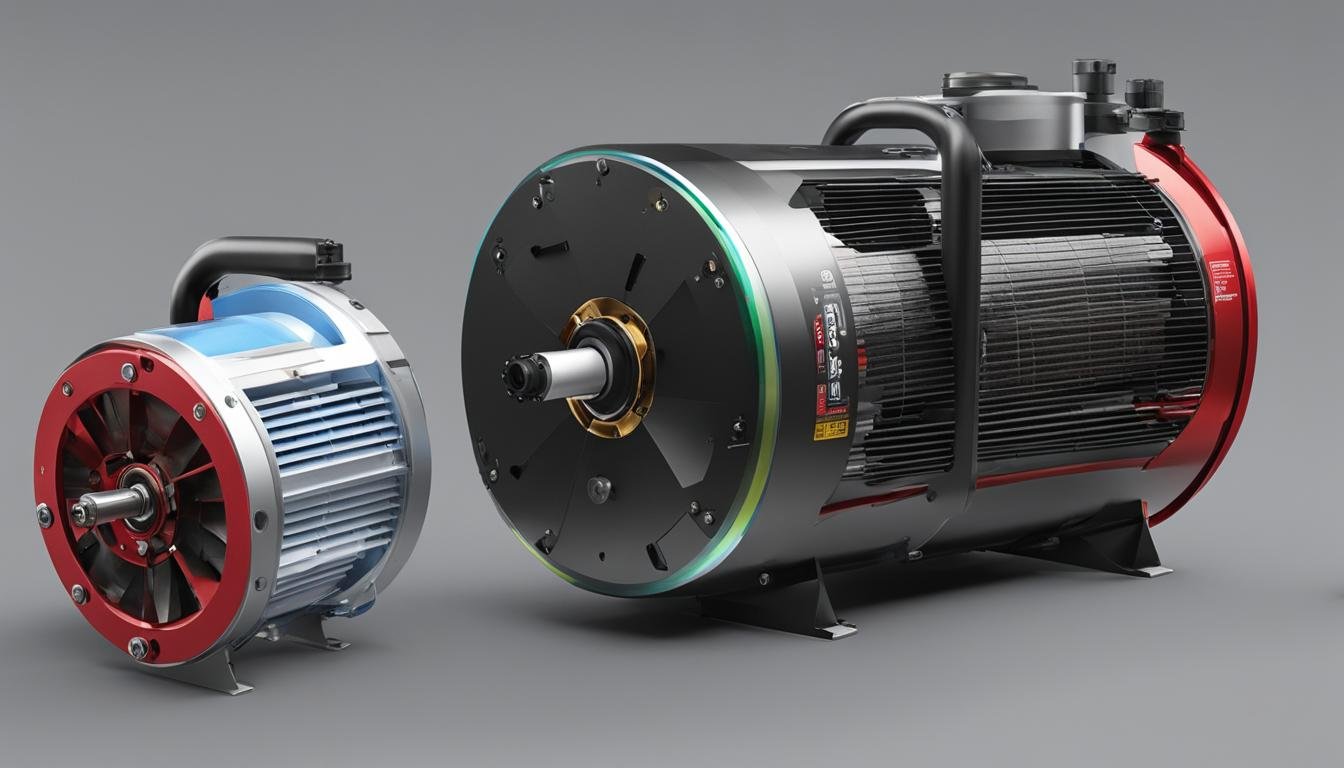
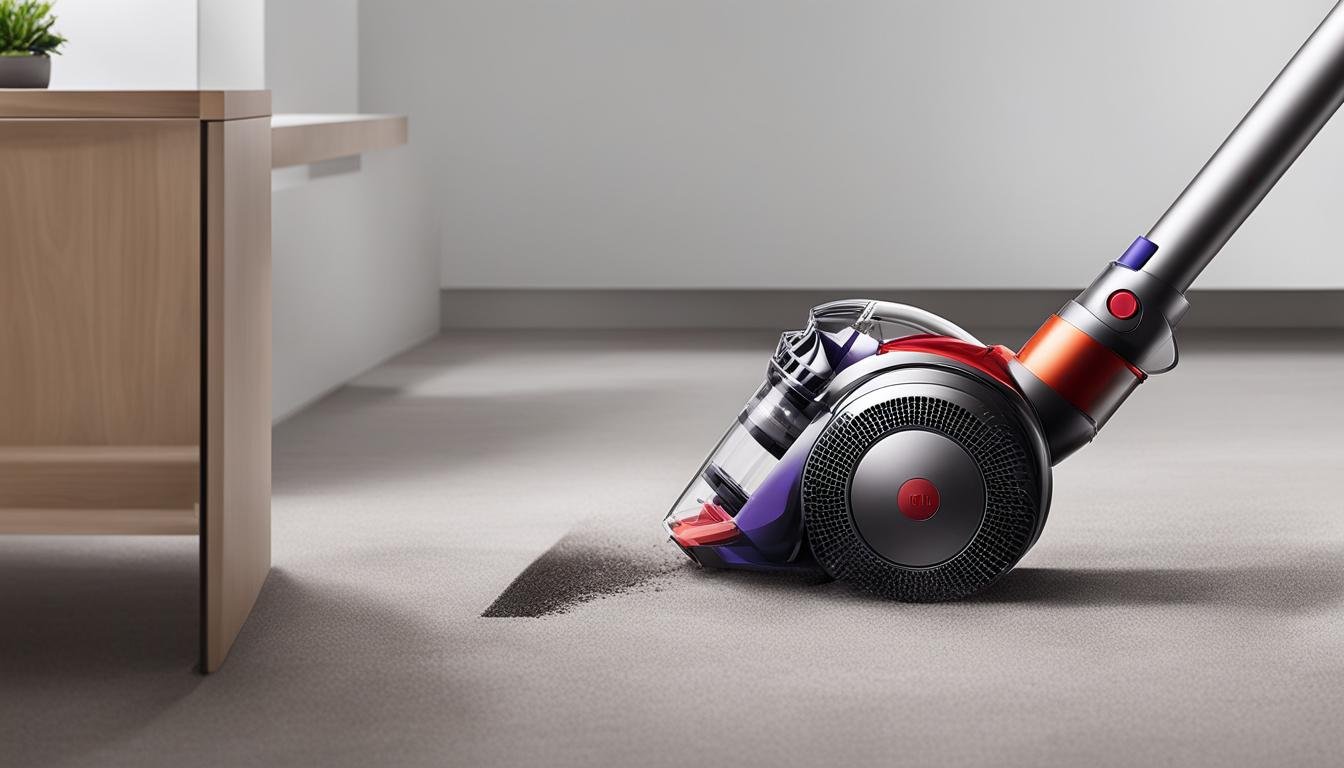
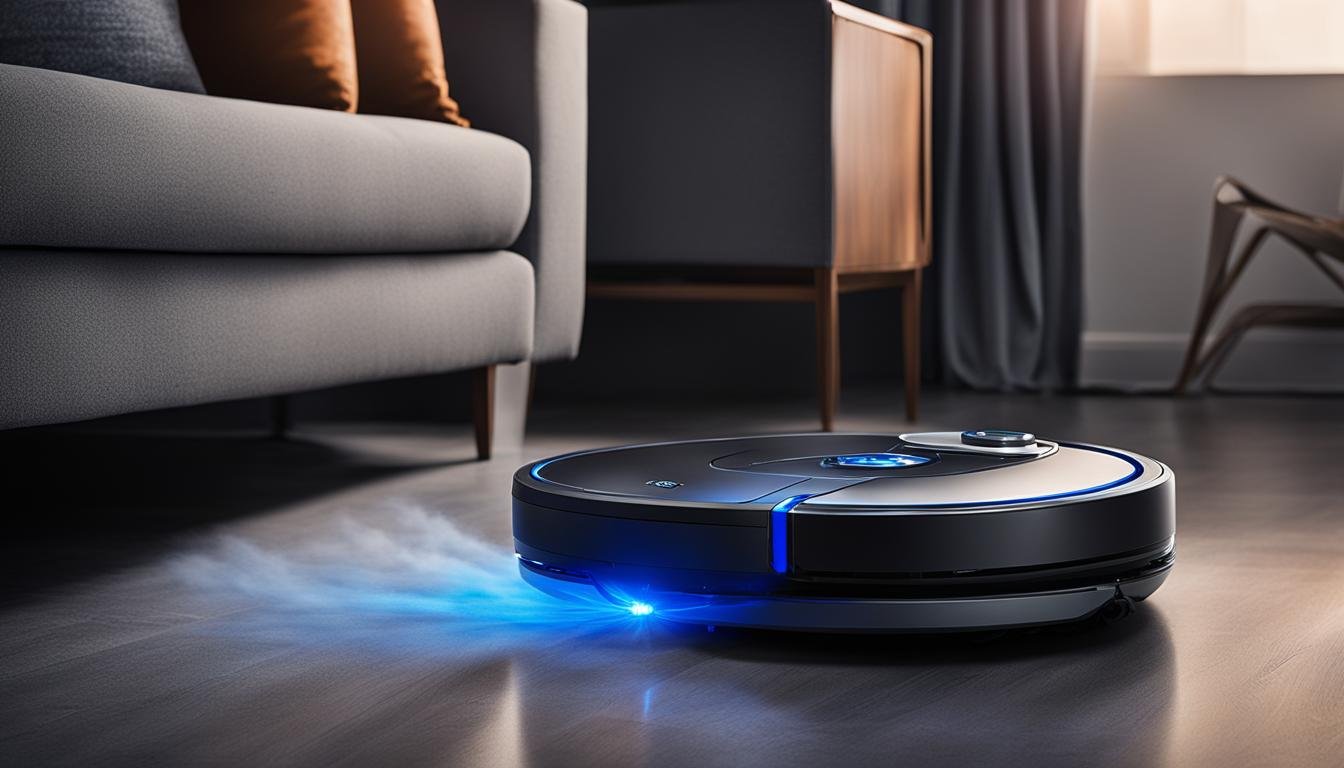
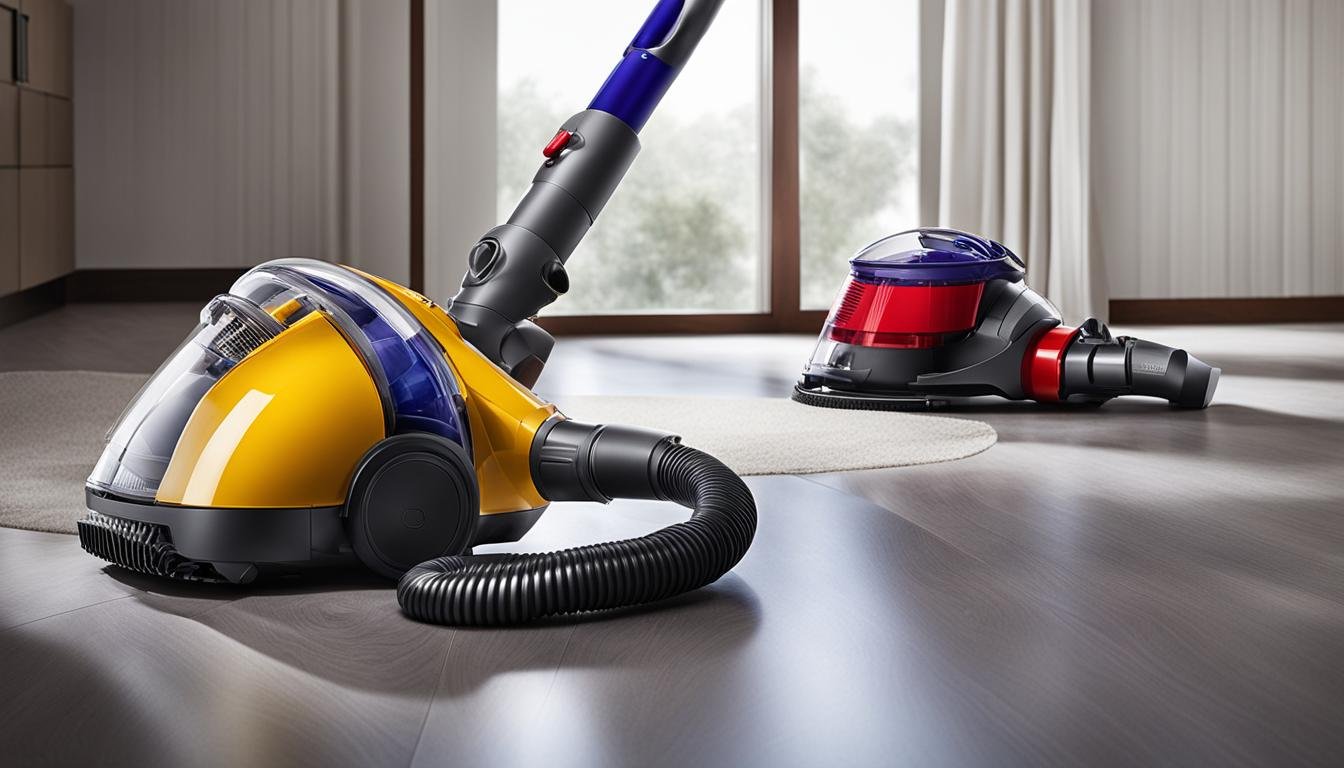
Leave a Reply